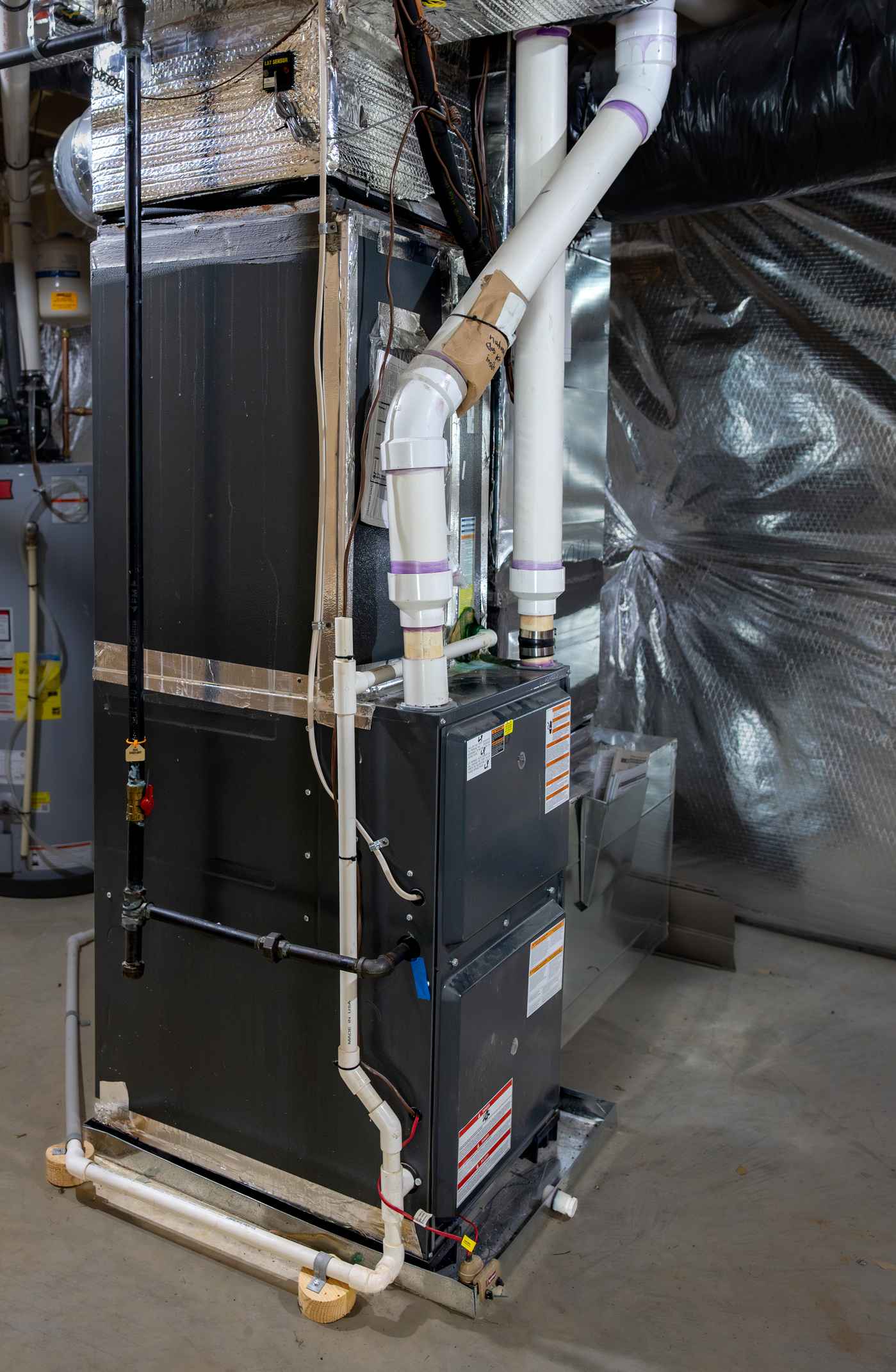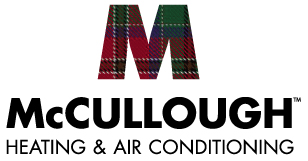4.8 Google Rating
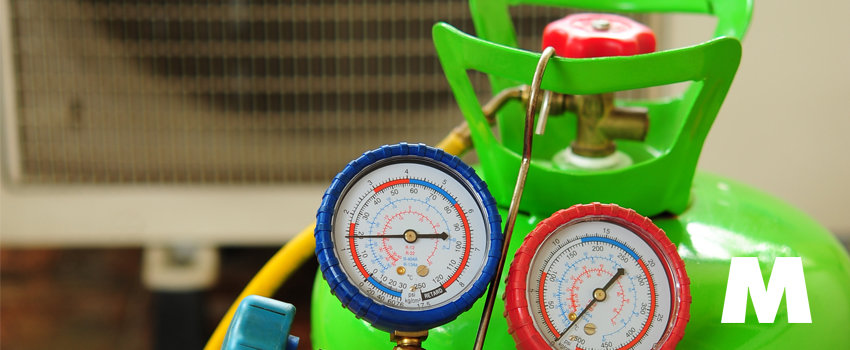
The Rising Cost of Freon (R-22) and What It Means for Your HVAC System
If you have an older air conditioning unit, you might have noticed an increase in maintenance costs, especially when it comes to refrigerant. Many older systems still use R-22 refrigerant, commonly known as Freon, which has become increasingly expensive over the past decade. As the U.S. phases out R-22 in favor of more eco-friendly refrigerants, the supply of Freon has dwindled, driving up prices significantly. This article will explore why R-22 costs are skyrocketing, what it means for Austin homeowners, and the best options if your system still uses R-22.
Why Is R-22 Refrigerant So Expensive?
The high cost of R-22 stems from a global initiative to phase out hydrochlorofluorocarbons (HCFCs), which contribute to ozone depletion and have a high environmental impact. As part of the Clean Air Act, the Environmental Protection Agency (EPA) mandated a gradual phase-out of R-22, culminating in a complete halt on its production and import in 2020. With no new R-22 being produced, the existing supply is limited to recycled or reclaimed refrigerant, making it increasingly scarce and costly.
What the R-22 Phase-Out Means for Homeowners
If your AC or heat pump system was installed before 2010, there’s a good chance it still relies on R-22 refrigerant. Here’s what the phase-out means for you:
- Higher Costs for Repairs: As R-22 becomes scarcer, the cost of refilling or recharging systems that use it has increased significantly. Repairs involving R-22 are now much more expensive than they were a few years ago.
- Maintenance Challenges: Technicians must handle R-22 with care due to environmental regulations, and finding replacement parts for older systems may also be difficult as manufacturers move to new models.
- Limited Future Use: With no more R-22 available on the market, systems that require major repairs or frequent recharges may soon become unsustainable.
Alternatives to R-22 Refrigerant
Several alternative refrigerants have emerged in recent years, with R-410A being the most common. Here’s a look at some options available:
- R-410A (Puron): This refrigerant is now the standard for most new AC units. R-410A is more environmentally friendly and efficient, allowing newer systems to operate at higher pressures and reduce cooling times.
- R-407C and R-438A: These refrigerants serve as “drop-in” replacements for R-22, meaning they can be used in existing R-22 systems with minor modifications. However, they’re generally less efficient than R-410A and may not provide the same performance.
- Natural Refrigerants: While not yet widely adopted, some manufacturers are exploring natural refrigerants like hydrocarbons and carbon dioxide, which have little or no environmental impact. These options may become more common in the future as the industry focuses on sustainability.
Upgrading Your System: When Is It Worth It?
For homeowners still relying on an R-22 system, upgrading to a newer model may be a wise investment. Here’s when to consider a replacement:
- Frequent Repairs: If you find yourself frequently paying for R-22 refrigerant recharges or repairs, upgrading to a modern, energy-efficient system could save you money over time.
- Older Systems: AC units have an average lifespan of 10-15 years. If your system is nearing this age, it’s likely less efficient than newer models, costing you more in energy bills.
- High R-22 Costs: The rising cost of R-22 makes it harder to justify the expense of recharging an old system. Investing in an R-410A system can reduce costs and eliminate concerns about future R-22 shortages.
Benefits of Switching to an R-410A System
Switching to a newer system that uses R-410A refrigerant has several advantages, including:
- Improved Energy Efficiency: R-410A allows for better energy efficiency, reducing monthly energy bills and carbon footprint.
- Lower Repair Costs: With R-410A widely available, recharging and repairing your AC becomes more affordable and accessible.
- Better Performance: R-410A systems often cool faster and more effectively than R-22 systems, helping maintain a comfortable indoor environment even during Austin’s hottest months.
Steps to Upgrade Your System
If you’re ready to make the switch, here’s how to approach upgrading your HVAC system:
- Schedule an HVAC Evaluation: Have an HVAC professional assess your current system and recommend options. They can estimate the cost of replacement and help determine the best size and type of system for your home.
- Consider SEER Ratings: When choosing a new system, look for models with high Seasonal Energy Efficiency Ratios (SEER). Higher SEER ratings indicate better efficiency, which translates to lower energy bills.
- Financing and Rebates: Many HVAC providers, including McCullough, offer financing options to help spread out the cost of a new system. Additionally, you may qualify for local or federal rebates that make upgrading more affordable.
Common Questions About R-22 Replacement
- Can my current system be modified to use R-410A?
No, R-22 and R-410A systems require different components and cannot be directly retrofitted. A full system replacement is necessary to switch refrigerants. - How long will R-22 supplies last?
While reclaimed R-22 will likely be available for a few more years, the supply will continue to shrink, making it increasingly expensive and difficult to find. - Is it worth repairing my R-22 system if it’s still working?
If your system is relatively new and only requires occasional maintenance, it may be worth keeping for now. However, for older systems or those with frequent repairs, replacement is likely the better investment.
Conclusion: Choose McCullough for Your HVAC Needs in Austin
With the phase-out of R-22, now is the time for Austin homeowners to consider upgrading their HVAC systems. By switching to a more efficient, R-410A-based unit, you’ll not only save on future repair costs but also enjoy improved energy efficiency and performance. If you’re wondering about the best options for your home, McCullough Heating & Air Conditioning is here to help. Our experienced team can guide you through the transition, ensuring your home remains comfortable, efficient, and environmentally friendly. Contact McCullough today to learn more about R-22 alternatives and how we can support your HVAC needs.
Recent News
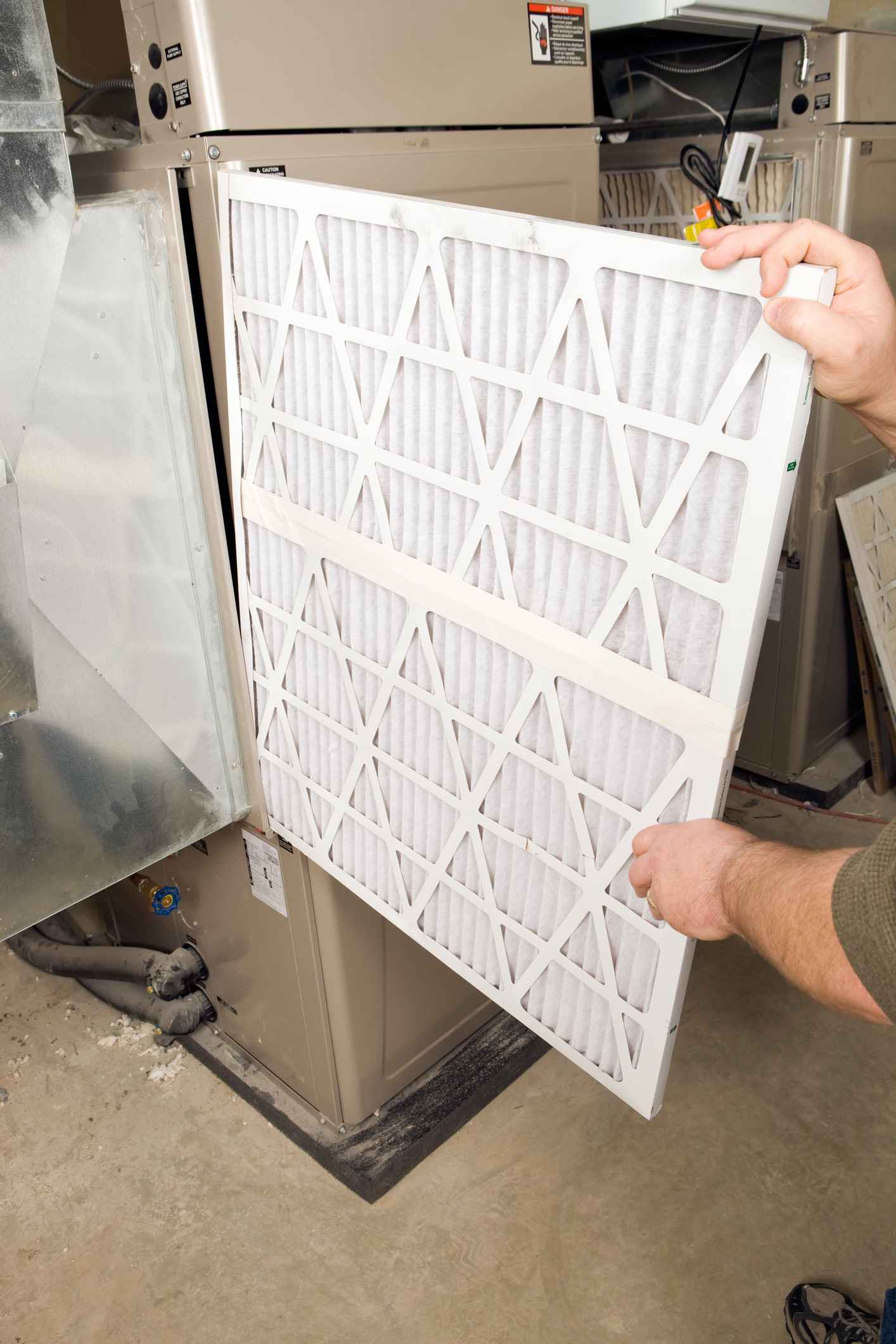
December HVAC Checklist: How Austin Homeowners Can Stay Warm During Sudden Cold Snaps

The Hidden Costs of Ignoring HVAC Duct Leaks in Austin’s Humid Climate

What Makes McCullough Heating & Air Conditioning the Right Choice for Austin Heating Needs

Why Texas Homeowners Are Upgrading to Heat Pumps in 2026: Efficiency & Tax Credit Insights
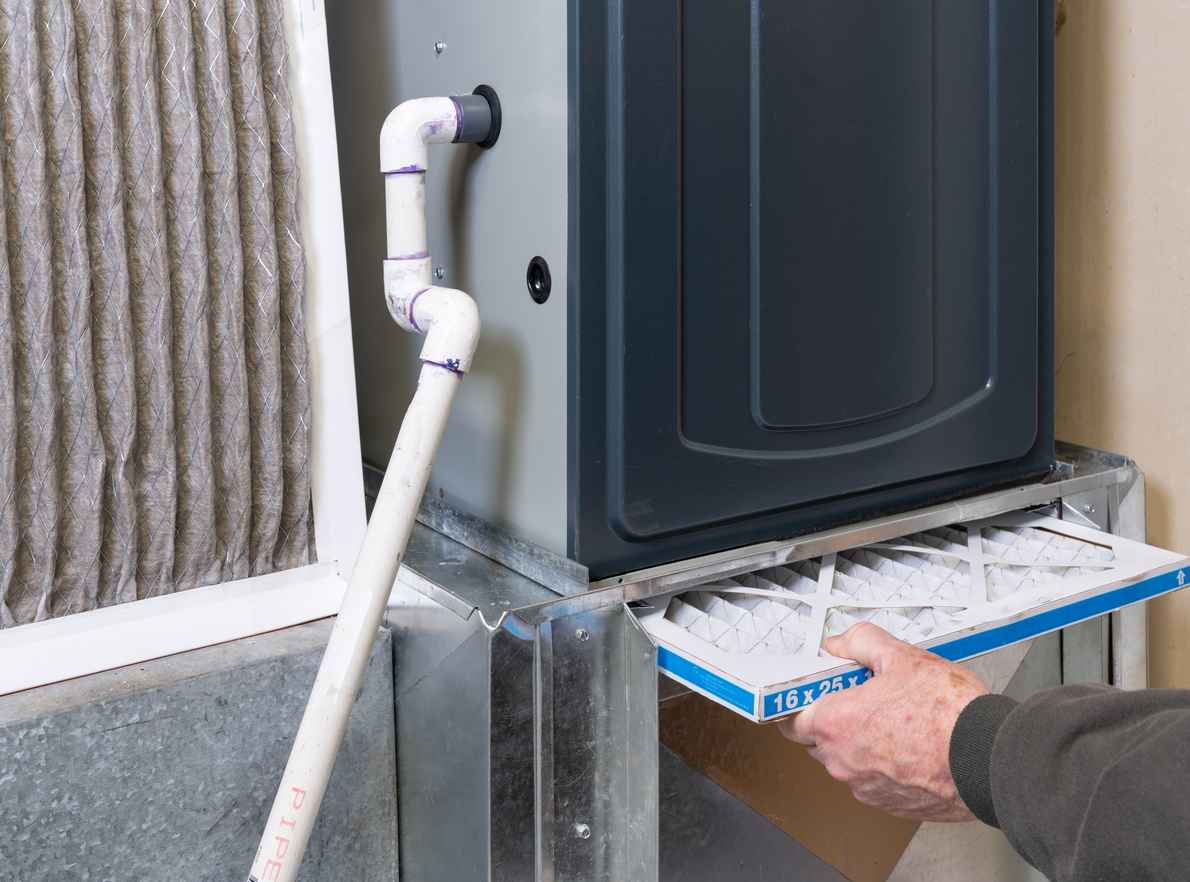
Is Your Furnace Ready for a Central Texas Winter? Austin Homeowners Should Check This First

Don’t Get Spooked by Strange HVAC Noises This Halloween: Austin’s Guide to a Fright-Free, Cozy Home
